It is probable that no one in Italy has ever managed to count, and visit, all the churches in Venice: it is estimated that there are more than 250, including consecrated and non-consecrated ones.
In this article, we want to take you on a discovery of the 15 most beautiful ones, except for the most famous of them all, the Basilica of San Marco. Between well-known and lesser-known buildings, you will indeed discover fascinating masterpieces, guardians of stupendous secular works of art.
Consider spending a day in Venice visiting one or more of these jewels: some are included in the Venice Pass!
15. Santo Stefano, among the most amazing Churches in Venice
On the way from the Accademia Bridge to St. Mark's, one often fails to linger on the elegant church of Santo Stefano, and its stunning portal, an admirable example of Venetian Flowery Gothic.
Yet beyond the terracotta facade, a veritable treasure trove of works of art opens up to the eye. Indeed, we find canvases by Tintoretto, preserved in the sacristy, a crucifix by Paolo Veneziano, a canvas by Palma the Elder, and even the funeral monument of Doge Francesco Morosini in the nave.
On leaving the church, moreover, a curious eye cannot help but notice the leaning bell tower, which, at 66 meters, is one of the tallest in the city.
14: The Carmini Church, next to the famous homonymous Scuola Grande
Santa Maria dei Carmini, or also Santa Maria del Carmelo, is sheltered near Campo Santa Margherita, in Dorsoduro.
The brick façade with its three-lobed profile immediately stands out to the view of the visitor who, going inside, will certainly be amazed. Indeed, there is an altarpiece by Jacopo Tintoretto and, on the ceiling, valuable frescoes by Sebastiano Ricci.
Right next to the church is the famous Scuola Grande dei Carmini, one of the eight remaining after the fall of the Serenissima. Here, a visit is highly recommended.
13. San Zaccaria Church: Easter in Venice at the time of Serenissima
At the time of the Doges and the Serenissima, the Church of San Zaccaria was one of the focal places for Easter celebrations. Indeed, the Doge used to go here with his entire court, being welcomed with all honors by the abbess and the nuns.
Today, with its magnificent 15th-century facade, it is still one of the most interesting churches to visit in Venice. The foundation of the Benedictine community even predates that of St. Mark's Basilica itself and was for a long time one of the richest in Venice.
Inside the church, a variety of works of art as well as tombs dedicated to various Doges of Venice can be found. St. Zacharias himself rests here, by virtue of a gesture of friendship by the Byzantine emperor Leo V towards the city.
12. Santa Maria della Salute Church, a baroque masterpiece
In a stunning location, not far from St. Mark's Basin, stands the beautiful Basilica of the Madonna della Salute, better known as the Church of Salute (Church of Health). It was built as an ex voto to Our Lady of Health for deliverance from the plague that decimated Venetians between 1630 and 1631. Since then, the event has been commemorated every year on November 21st.
In any case, whether it is to participate in the Feast or simply to visit the city, anyone who comes to Venice cannot fail to notice the distinctive dome of the Church.
The interior of the Basilica is quite sober but, even here, several treasures are hidden. One of the most famous is certainly by Tintoretto and can be found in the sacristy: The Marriage at Cana.
11. The Church of Vivaldi in Venice, beloved place by the Italian composer
The Church of Vivaldi is actually the Church of Santa Maria della Pietà or the Visitazione, in the Sestiere di Castello, not too far from San Marco. An imposing white mole rising above Riva degli Schiavoni, with the typical lines of elegant Greek temples.
Even the interior is reminiscent of the features of a temple: tall colonnades and exceptional luminosity make the atmosphere of this church very clear.
This place was best known for being the most important orphanage in Venice. Here, in fact, girls were educated in music, thanks to outstanding composers such as Antonio Vivaldi and Francesco Gasparini.
10. The Church of the Jesuits, a sumptuous ode to Baroque
It is called the Church of Santa Maria Assunta but is known to everyone simply as the Church of the Jesuits, and it is located in the Sestiere of Cannaregio, not too far from the Fondamenta Nuove.
This place once belonged to the Order of the Crucifers of Venice. It was later purchased together with the adjoining monastery and rebuilt by the Jesuits in the 17th century.
The façade is sumptuous, in the Baroque style, and full of round sculptures and plastic decorations. The interior is certainly no less impressive: the church is magnificent, for some even exaggerated in its richness of detail. Green and white marble alternate, and it is here that valuable works, such as The Martyrdom of St. Lawrence, one of Titian's last canvases, find their place.
And the central canopy cannot help but evoke in the memory a certain Basilica in the Vatican....
9. San Sebastiano Church, with masterpieces by Veronese
Paolo Veronese, Venetian painter of the 16th century, was so in love with the church that decided to be buried right here, in San Sebastiano.
In the Sestiere of Dorsoduro, sheltered from large crowds of tourists, stands this small church, with a very simple facade. In fact, it is the interior that amazes the visitor.
Here, there is one of Veronese's most interesting and complex painting cycles. It was the Venetian master himself who spent a large part of his career here, in the decoration of several areas of the Church, among which stand out the Scenes from the Life of Esther, created in the ceiling of the nave.
Next to the Church was the convent, now converted into one of the premises of the University of Venice.
8. The impressing Santi Giovanni e Paolo Basilica in Venice
For many Venetians this Basilica, located in one of the most magnificent places in Venice, is simply called San Zanipolo.
Flanked by the Scuola Grande di San Marco, now a monumental entrance to the Ospedale Civile, the building of the Basilica stands in stark contrast in form and color. A red brick facade with a magnificent portal surrounded by four blind arcades bearing the tombs of four doges invites one to enter the luminous Basilica.
Before the Napoleonic period, this place was of almost equal importance to St. Mark's and, in fact, because of the presence of numerous doge tombs, this church is often called the Pantheon of Venice. It was granted the status of Basilica only in 1922.
7. The Church and the Italian Feast of Redentore in Venice
An admirable example of Palladian architecture, the Church of the Most Holy Redeemer (Redentore, in Italian) is a Christian building with elegant classical lines located in the Sestiere of Giudecca.
Inside the Church, stupendous masterpieces by Tintoretto and Veronese make it an authentic jewel to continue to see and visit every year on the occasion of the magnificent summer festival of the Redentore, held in July. An occasion, this festival, not only to commemorate the victory of the Serenissima over the plague at the end of the 16th century, but also to reenact spectacular traditions condensed in the famous floating bridge that leads from Punta della Dogana right to the Church.
6. Madonna dell'Orto Church: discovering Tintoretto
We return to Cannaregio and are once again on the trail of Tintoretto, an eminent artist of 16th-century Venice. Right here, near the Church of Madonna dell'Orto, he was in fact born, and it was here that his remains found their home.
It is one of the most interesting churches to visit in Venice also because of its terracotta facade, witness to a process of transition from Romanesque to Gothic and then Renaissance. The interior, with its ancient terracotta and Istrian stone floor, is also surely a detail that will give additional charm to the whole.
5. Santa Maria del Giglio, triumph of Baroque style
A few minutes from St. Mark's Square is Santa Maria del Giglio (or Santa Maria Zobenigo, for Venetians), built in the late 17th century. The facade is a triumph of Baroque, with numerous statues dedicated to the Barbaro family, which subsidized its construction.
The interior has a single nave and offers a collection of works from the 16th and 17th centuries.
There are in fact numerous canvases by Palma the Younger, Veronese, Tintoretto, Zanchi, and finally Rubens. The latter's canvas, Madonna and Child with St. John the Baptist, is the only canvas by the artist that is preserved in Venice, and is located in the sacristy.
4. San Giorgio Maggiore in Venice, a true Italy masterpiece
The Church of San Giorgio Maggiore, in truth a Basilica, stands elegantly in front of St. Mark's Basin. Visitors to Venice's most important square cannot fail to appreciate its marvelous facade designed by architect Andrea Palladio.
In reality, however, canvases by Tintoretto and a choir made of wood are elements that make this place one of the churches in Venice that you cannot miss to visit. And not only the Basilica, but the entire island of San Giorgio Maggiore is a concentration of unforgettable jewels.
3. Santa Maria Formosa, one of the most ancient churches in Venice
According to tradition, the Church of Santa Maria Formosa was founded as early as the 7th century by St. Magnus, who had a vision of Mary as a beautiful woman ("formosa"). The present building, however, dates back to the late 15th century by architect Mauro Codussi.
It is located in the Sestiere di Castello and faces one of the largest open spaces in Venice (Campo Santa Maria Formosa).
Different styles echo in the building: Renaissance interiors, a classical facade, and one tending toward Baroque. Finally, the bell tower, from the late 17th century, is Baroque. On the outside of the latter, a grotesque head was placed that was said to be able to ward off the devil who so enjoyed ringing the bells!
2. The Church of San Rocco and its magnificent Scuola Grande
Another of the most fascinating places in Venice is in the Sestiere of San Polo. Here it is a real concentration of wonder. The Basilica dei Frari, which we will discuss in a moment, the State Archives of Venice, the Church of San Rocco and the adjacent Scuola Grande of the same name.
Not much remains of the church's original design: the only part that has been preserved is the portal that looks toward the Scuola Grande. Inside the church is a rich collection of works of art: Tintoretto, Pordenone, and Sebastiano Ricci.
Leaving the church, be sure to visit the Scuola Grande di San Rocco: its beauty is beyond imagination.
1. Basilica dei Frari, one of the most beautiful churches in Venice
One of the most beautiful, but also one of the largest in Venice, is the Basilica of Santa Maria Gloriosa dei Frari or, more simply, the Frari.
Magnificent already from the outside because of its imposing bulk, inside it reveals all its splendor. Here in fact are works such as Titian's Assumption, towards the high altar, completely surrounded by stained glass.
There are also mausoleums by Titian himself and the sculptor Antonio Canova. The latter's tomb, known in every corner of the planet, is pyramidal in shape and was made by his own pupils. An absolute masterpiece.
An inspiringly rich list, albeit so small: every corner of Venice holds churches and religious buildings of magnificent beauty.
And, remember, thanks to the Venice Pass, access to many of these churches is free!








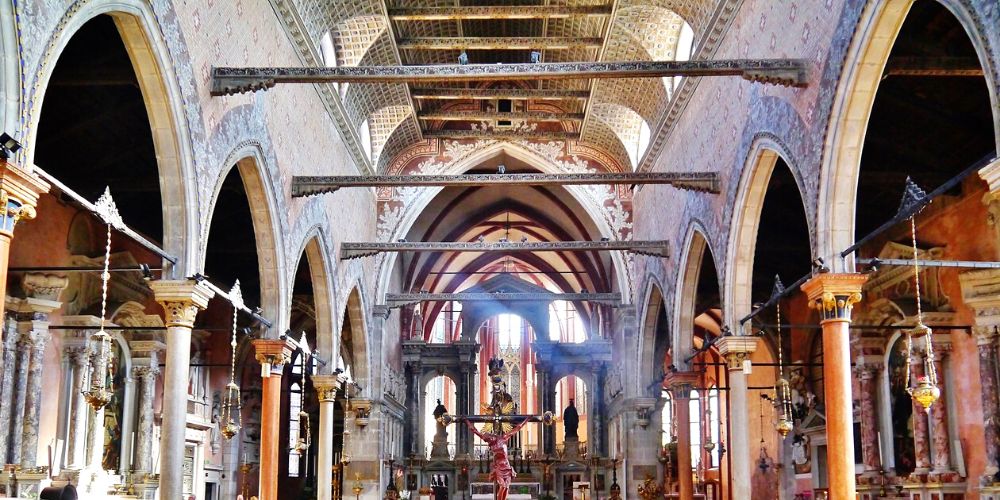
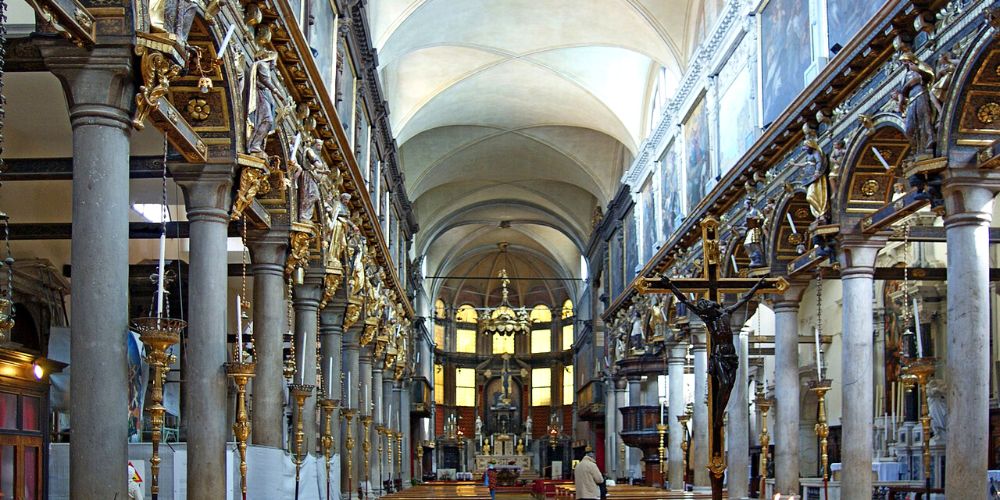
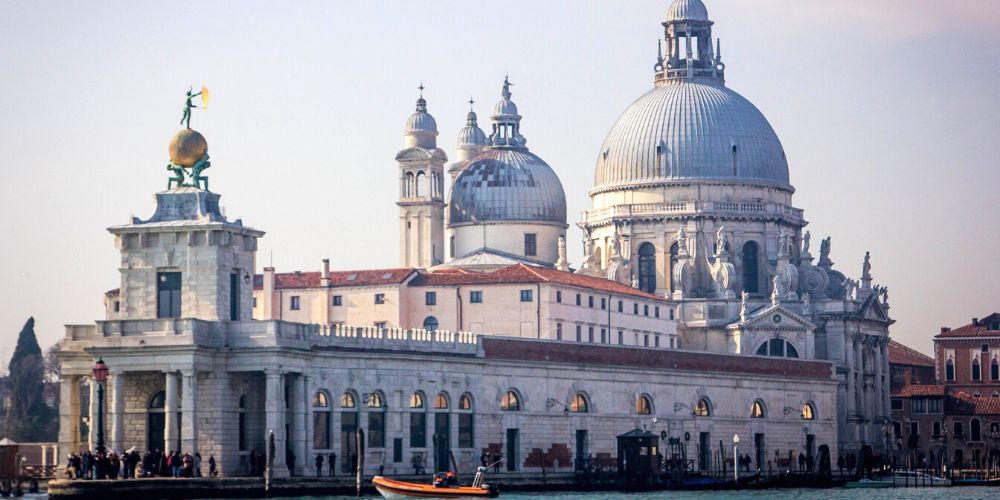
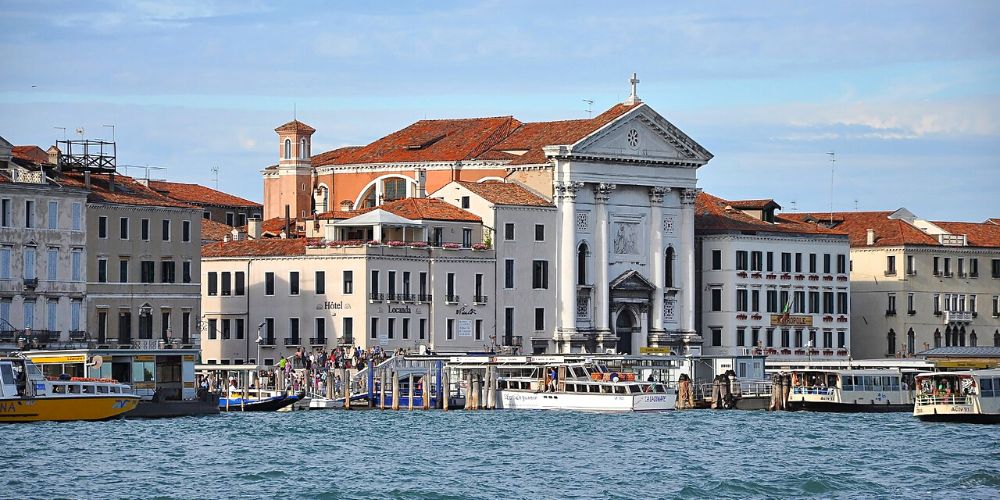
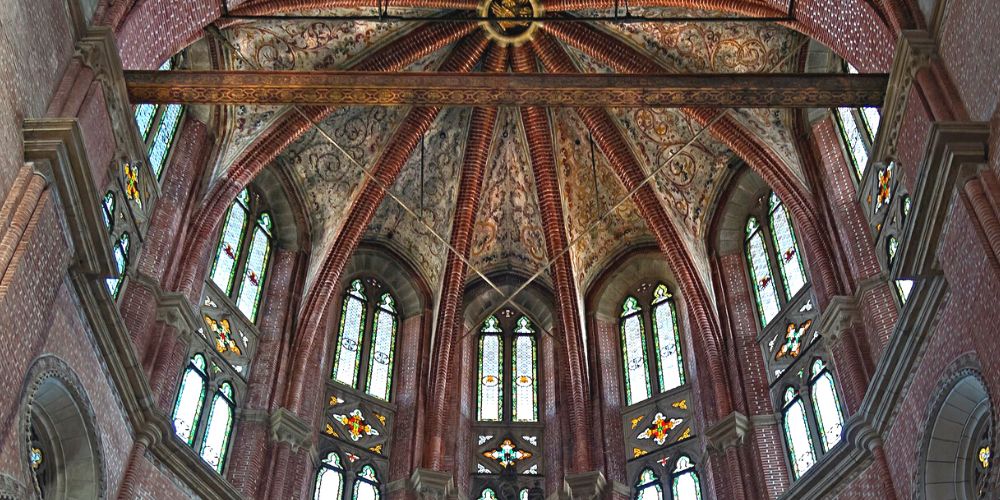

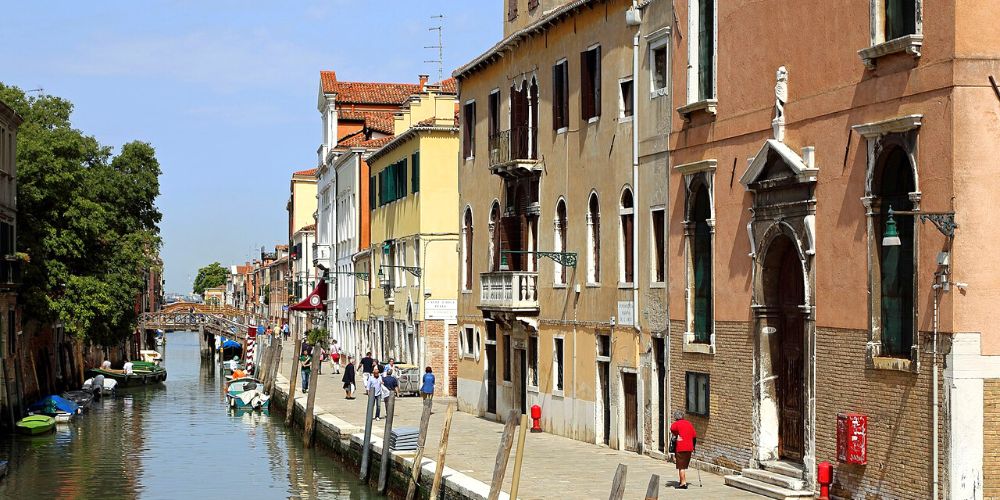
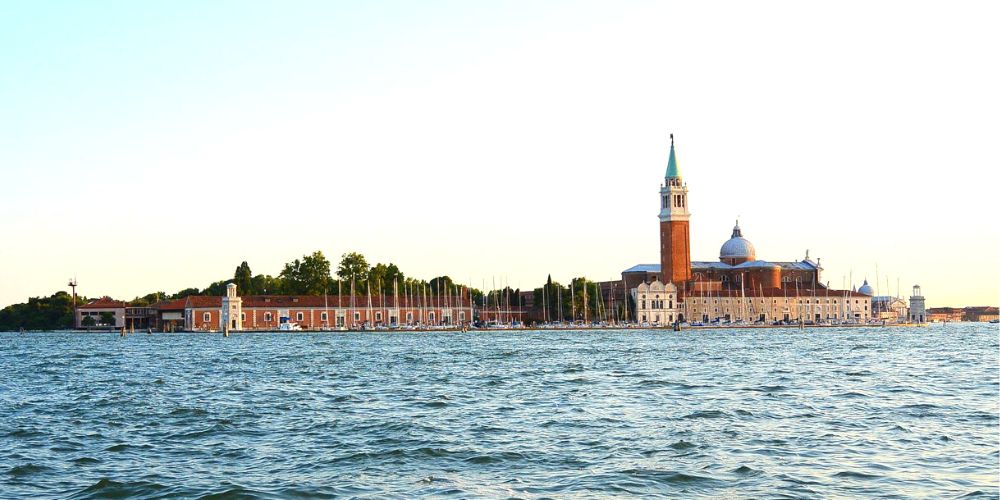

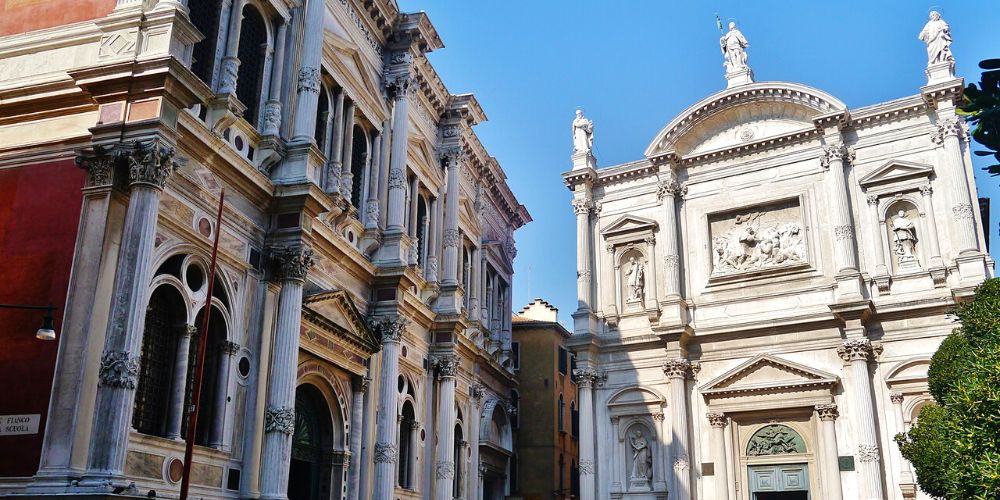
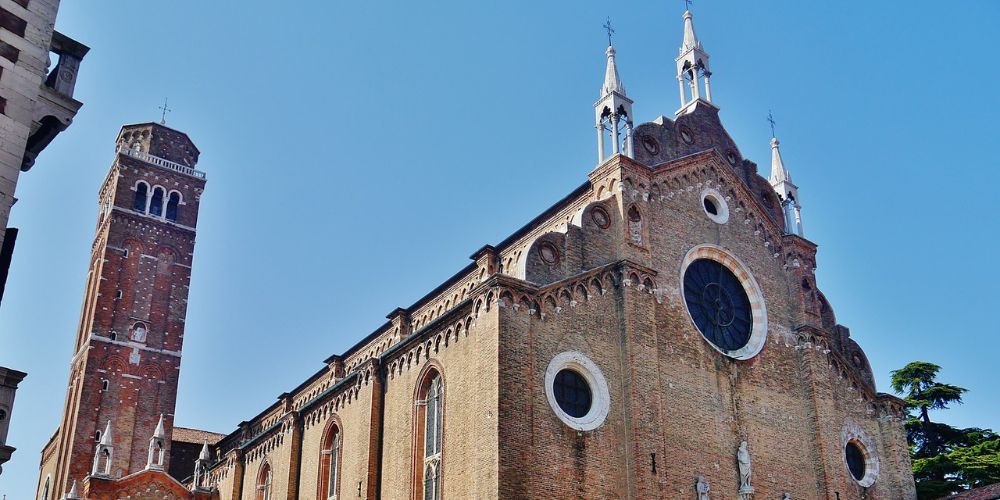


Lascia un commento